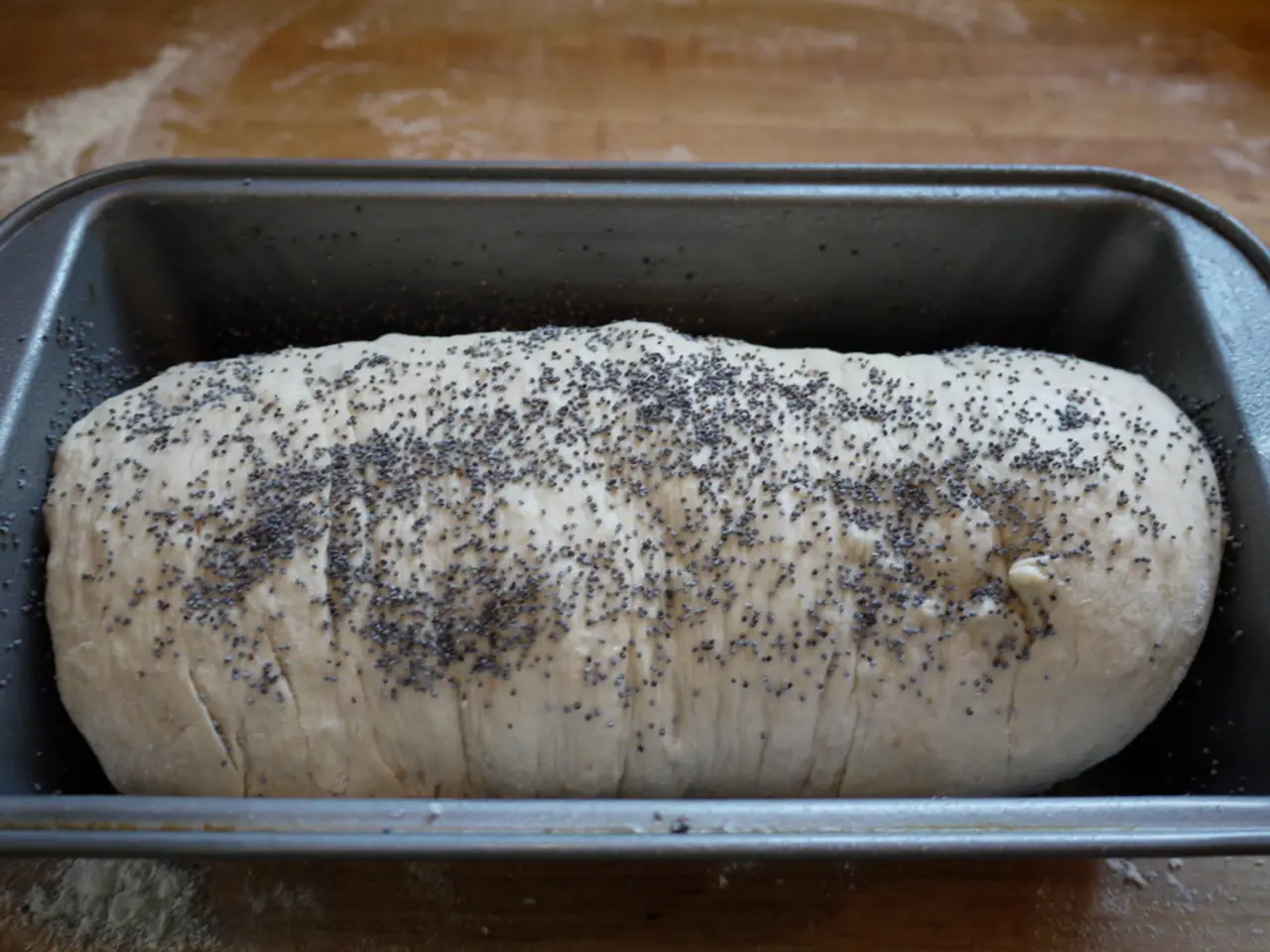Creating Your Own Zucchini Powder at Home
In the heart of summer, an overabundance of zucchini and other summer squashes can leave home cooks searching for creative ways to preserve their bounty. One old-fashioned method that's gaining popularity is the creation of squash flour. This simple process allows you to store and utilise squash in a variety of dishes, from baked goods to savoury dishes and even as a thickening agent for soups and sauces.
To make squash flour, start by preparing the squash. Wash and peel it if necessary, especially for winter squash like butternut. For winter squash, roast it until soft to remove moisture and enhance flavour before drying. Summer squashes such as zucchini, yellow squash, and spaghetti squash can be roasted, steamed, or dehydrated until fully dried.
Once the squash is prepared, it's time to dry it. Slice the squash thinly or shred it, and use a food dehydrator or an oven set at a low temperature (around 125°F to 150°F or 50°C to 65°C) to dry the pieces thoroughly. This can take several hours, depending on moisture content. The squash pieces should be completely dry and brittle to ensure proper grinding into flour.
Next, grind the dried squash pieces in a high-powered blender, coffee grinder, or food processor to a fine powder. Sift the powder through a fine-mesh sieve to obtain a consistent texture. Store your squash flour in an airtight container in a cool, dry place, where it can be used within several months for best flavour and potency.
Different types of squash flour—including zucchini, yellow summer squash, spaghetti squash, and winter squash—have unique properties that make them suitable for various uses. For example, zucchini flour drains moisture well and can be used in baking muffins, pancakes, and fritters, or as a partial substitute for wheat flour. Yellow summer squash flour has a milder flavour and works well in soups and light baking. Spaghetti squash flour has a mild flavour and stringy texture, making it ideal when blended with other flours for baking or thickening sauces. Winter squash flour, such as butternut, has a rich, slightly sweet flavour that enhances taste when roasted before drying.
When baking or cooking with squash flour, keep in mind that it lacks gluten, so it's essential to combine it with wheat or gluten-free binders like xanthan gum or eggs. To thicken soups and sauces, add squash flour gradually to hot liquids to avoid clumping. For crispy fritters or croquettes, mix squash flour with eggs, cheese, and seasonings for a batter that crisps nicely when fried or baked.
By drying and grinding various squashes into flour, you can enrich your dishes with natural flavour and nutrients while using them as versatile ingredients for baking, cooking, and thickening. Adjust moisture and binding agents according to the recipe for best results. With its natural gluten-free, low-carb profile, squash flour is a valuable addition to any kitchen.
Delve into the world of home-and-garden lifestyle by experimenting with canning recipes that incorporate squash flour. pressuring canning can be an effective method for preserving this flour for food-and-drink uses all year round. Cooking with squash flour offers a unique twist to various dishes, from baked goods to savory ones, and it can even function as a thickening agent for soups and sauces, adding a nutritious boost. Explore different squash varieties like zucchini, yellow summer squash, spaghetti squash, and winter squash, each providing unique properties suitable for diverse applications.




